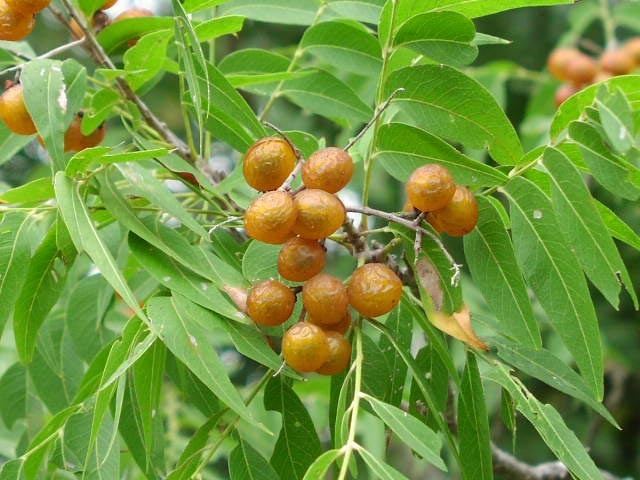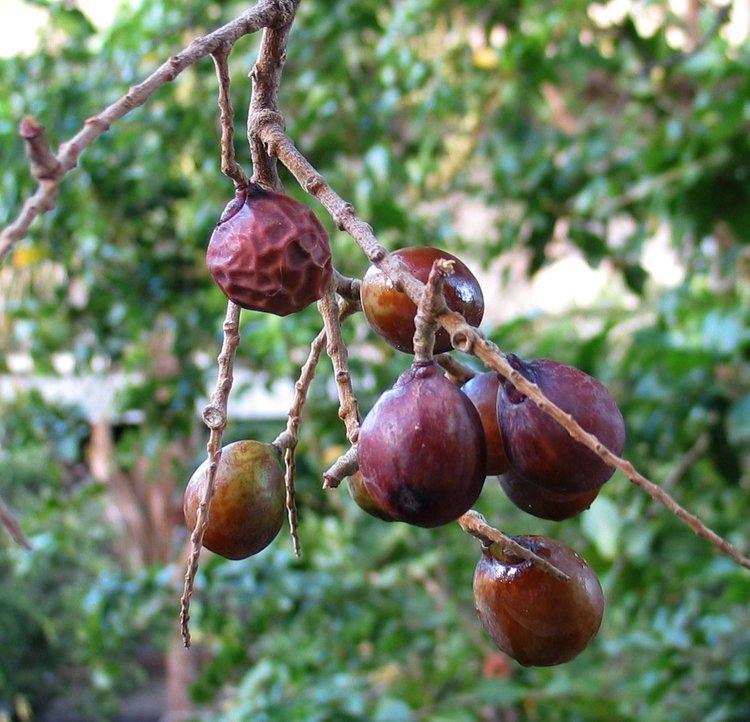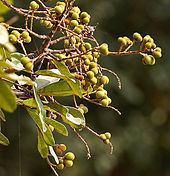Scientific name Sapindus Rank Genus | Subfamily Sapindoideae Higher classification Sapindoideae | |
 | ||
Lower classifications Sapindus saponaria, Sapindus mukorossi, Sapindus rarak, Sapindus oahuensis | ||
Make your own soap liquid from soap nut sapindus rarak bibong widyarti by daai tv
Sapindus is a genus of about five to twelve species of shrubs and small trees in the Lychee family, Sapindaceae, native to warm temperate to tropical regions in both the Old World and New World. The genus includes both deciduous and evergreen species. Members of the genus are commonly known as soapberries or soapnuts because the fruit pulp is used to make soap. The generic name is derived from the Latin words sapo, meaning "soap", and indicus, meaning "of India".
Contents
- Make your own soap liquid from soap nut sapindus rarak bibong widyarti by daai tv
- Uses
- Folk medicine
- Insecticide
- Species
- Formerly placed here
- References

The leaves are alternate, 15–40 cm (5.9–15.7 in) long, pinnate (except in S. oahuensis, which has simple leaves), with 14-30 leaflets, the terminal leaflet often absent. The flowers form in large panicles, each flower small, creamy white. The fruit is a small leathery-skinned drupe 1–2 cm (0.39–0.79 in) in diameter, yellow ripening blackish, containing one to three seeds.

Uses

The drupes (soapnuts) contain saponins which are a natural surfactant. They have been used for washing by ancient people in Asia as well as Native Americans.
Folk medicine

Soapnuts have historically been used in folk remedies but, as the effectiveness of such treatments has not been subjected to scientific scrutiny, there is no confirmed health benefit of using soapnuts to treat any human disease.
Insecticide

Sapindus species are used as food plants by the larvae of some Lepidoptera (moths and butterflies) species including Endoclita malabaricus. Kernel extracts of soapnut disrupt the activity of enzymes of larvae and pupae and inhibits the growth of the mosquito Aedes aegypti, an important vector of viral diseases.
Species

The number of species is disputed between different authors, particularly in North America where between one and three species are accepted.
